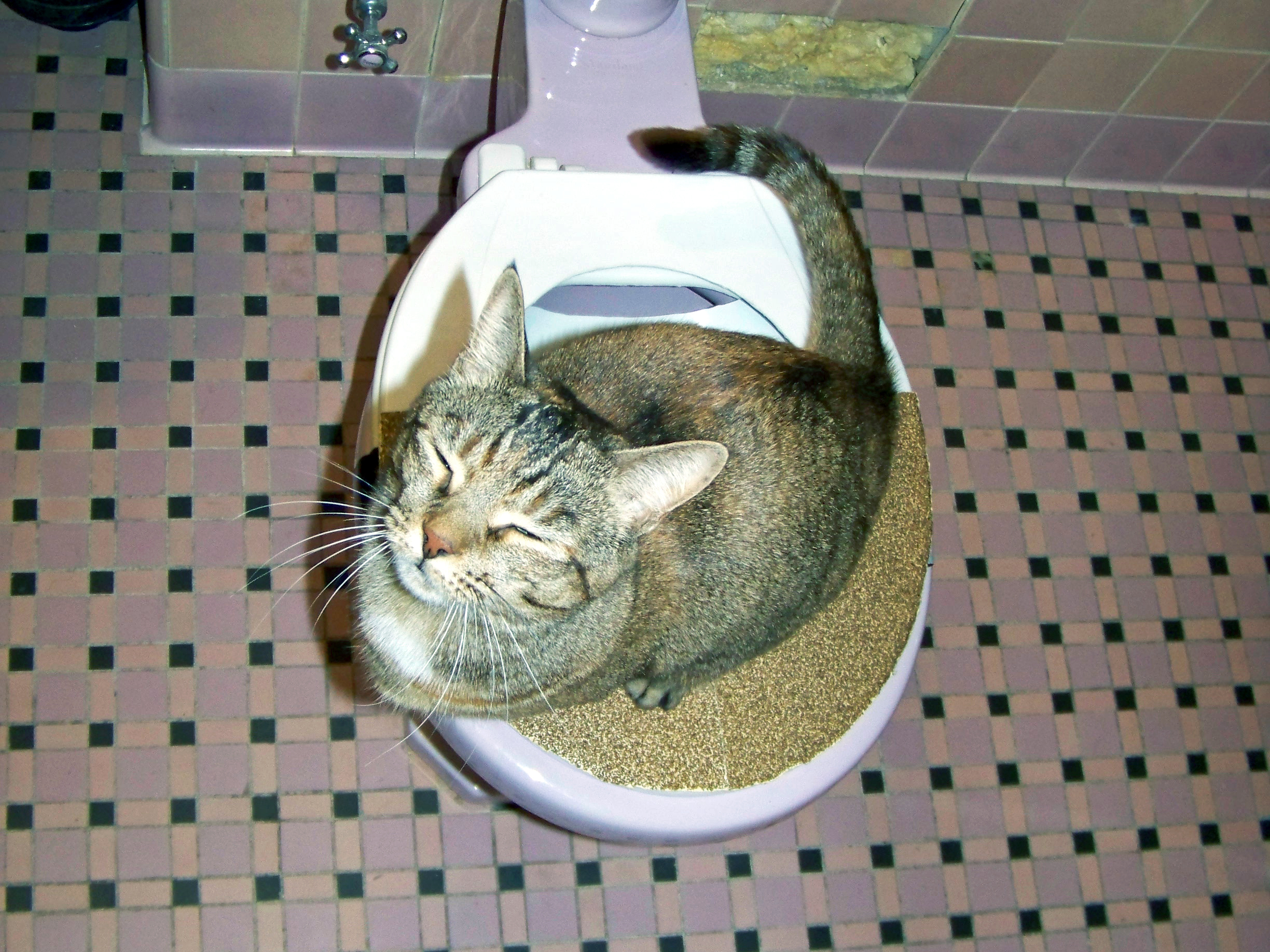We have unearthed this great article about Don’t flush cat feces down the toilet directly below on the net and concluded it made perfect sense to discuss it with you on this site.

Intro
As pet cat proprietors, it's important to bear in mind just how we dispose of our feline buddies' waste. While it may appear practical to flush pet cat poop down the commode, this method can have harmful consequences for both the atmosphere and human health.
Alternatives to Flushing
The good news is, there are much safer and much more responsible methods to get rid of feline poop. Consider the complying with alternatives:
1. Scoop and Dispose in Trash
One of the most common approach of taking care of feline poop is to scoop it right into a biodegradable bag and toss it in the trash. Make sure to make use of a devoted clutter inside story and get rid of the waste without delay.
2. Use Biodegradable Litter
Select eco-friendly cat litter made from products such as corn or wheat. These trashes are eco-friendly and can be securely dealt with in the garbage.
3. Hide in the Yard
If you have a lawn, take into consideration hiding pet cat waste in a designated area away from vegetable gardens and water sources. Be sure to dig deep enough to stop contamination of groundwater.
4. Mount a Pet Waste Disposal System
Buy a pet dog garbage disposal system especially created for feline waste. These systems utilize enzymes to break down the waste, reducing smell and ecological impact.
Health Risks
Along with ecological issues, flushing pet cat waste can additionally pose wellness dangers to human beings. Feline feces might have Toxoplasma gondii, a bloodsucker that can trigger toxoplasmosis-- a possibly severe illness, specifically for pregnant females and individuals with damaged immune systems.
Ecological Impact
Flushing pet cat poop introduces dangerous pathogens and bloodsuckers right into the supply of water, posturing a substantial risk to water ecosystems. These contaminants can negatively influence aquatic life and concession water quality.
Conclusion
Accountable family pet possession expands past giving food and sanctuary-- it additionally includes appropriate waste administration. By refraining from flushing cat poop down the toilet and opting for alternative disposal methods, we can decrease our ecological impact and secure human health and wellness.
Why Can’t I Flush Cat Poop?
It Spreads a Parasite
Cats are frequently infected with a parasite called toxoplasma gondii. The parasite causes an infection called toxoplasmosis. It is usually harmless to cats. The parasite only uses cat poop as a host for its eggs. Otherwise, the cat’s immune system usually keeps the infection at low enough levels to maintain its own health. But it does not stop the develop of eggs. These eggs are tiny and surprisingly tough. They may survive for a year before they begin to grow. But that’s the problem.
Our wastewater system is not designed to deal with toxoplasmosis eggs. Instead, most eggs will flush from your toilet into sewers and wastewater management plants. After the sewage is treated for many other harmful things in it, it is typically released into local rivers, lakes, or oceans. Here, the toxoplasmosis eggs can find new hosts, including starfish, crabs, otters, and many other wildlife. For many, this is a significant risk to their health. Toxoplasmosis can also end up infecting water sources that are important for agriculture, which means our deer, pigs, and sheep can get infected too.
Is There Risk to Humans?
There can be a risk to human life from flushing cat poop down the toilet. If you do so, the parasites from your cat’s poop can end up in shellfish, game animals, or livestock. If this meat is then served raw or undercooked, the people who eat it can get sick.
In fact, according to the CDC, 40 million people in the United States are infected with toxoplasma gondii. They get it from exposure to infected seafood, or from some kind of cat poop contamination, like drinking from a stream that is contaminated or touching anything that has come into contact with cat poop. That includes just cleaning a cat litter box.
Most people who get infected with these parasites will not develop any symptoms. However, for pregnant women or for those with compromised immune systems, the parasite can cause severe health problems.
How to Handle Cat Poop
The best way to handle cat poop is actually to clean the box more often. The eggs that the parasite sheds will not become active until one to five days after the cat poops. That means that if you clean daily, you’re much less likely to come into direct contact with infectious eggs.
That said, always dispose of cat poop in the garbage and not down the toilet. Wash your hands before and after you clean the litter box, and bring the bag of poop right outside to your garbage bins.
https://trenchlesssolutionsusa.com/why-cant-i-flush-cat-poop/

Hopefully you enjoyed reading our part about Can You Flush Cat Poo or Litter Down the Toilet?. Thanks so much for taking a few minutes to read our blog. Liked our piece of writing? Please share it. Let another person locate it. Thanks for your time. Don't forget to check up our site back soon.
Automated Marketing
Comments on “Why Flushing Cat Poop Down Your Toilet Can Cause Problems - Recommendations for Proper Disposal”